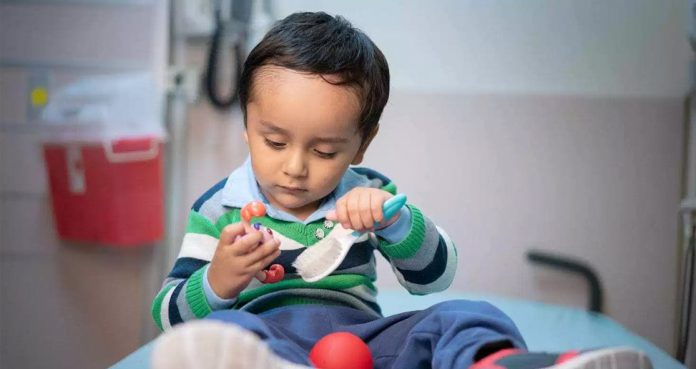U.S. scientists say that they have used HIV (Human Immunodeficiency Virus) to make a gene therapy that has successfully cured severe combined immunodeficiency (SCID), or “bubble boy” disease in eight infants.
The report was published in the New England Journal of Medicine, which was developed at a Tennessee hospital.
The infants who were born with little to no immune protection now have fully functional immune systems. Infants born with SCID have to live in a completely sterile condition. If left untreated, SCID can lead to death.
The gene therapy involved collecting the bone marrow of the affected babies and correcting their genetic defect in their DNA soon after their birth. The corrected gene was then inserted into an altered version of HIV, the virus that causes acquired immune deficiency syndrome (AIDS).
Study author Dr. Ewelina Mamcarz of St Jude stated, “These patients are toddlers now, who are responding to vaccinations and have immune systems to make all immune cells they need for protection from infections as they explore the world and live normal lives.”
Referring to David Vetter’s case, she added, “This is a first for patients with SCID-X1.”
The case of David Vetter was probably one of the most famous cases of SCID, which made him impossible to engage with the world outside of a special plastic chamber designed by NASA. Nicknamed “Bubble Boy”, he was born in 1971 with SCID and died at the age of 12 after an unsuccessful bone marrow transplant.
Within a few seconds of his birth, he was placed in an isolated plastic chamber, where he survived until the age of six. Later, he was given a special plastic suit designed by NASA. Currently, the best treatment for this rare condition is a bone marrow transplant with a tissue-matched sibling donor. However, according to St Jude, over 80% of these patients lack such donors so they have to rely on blood stem cells from other donors.





















